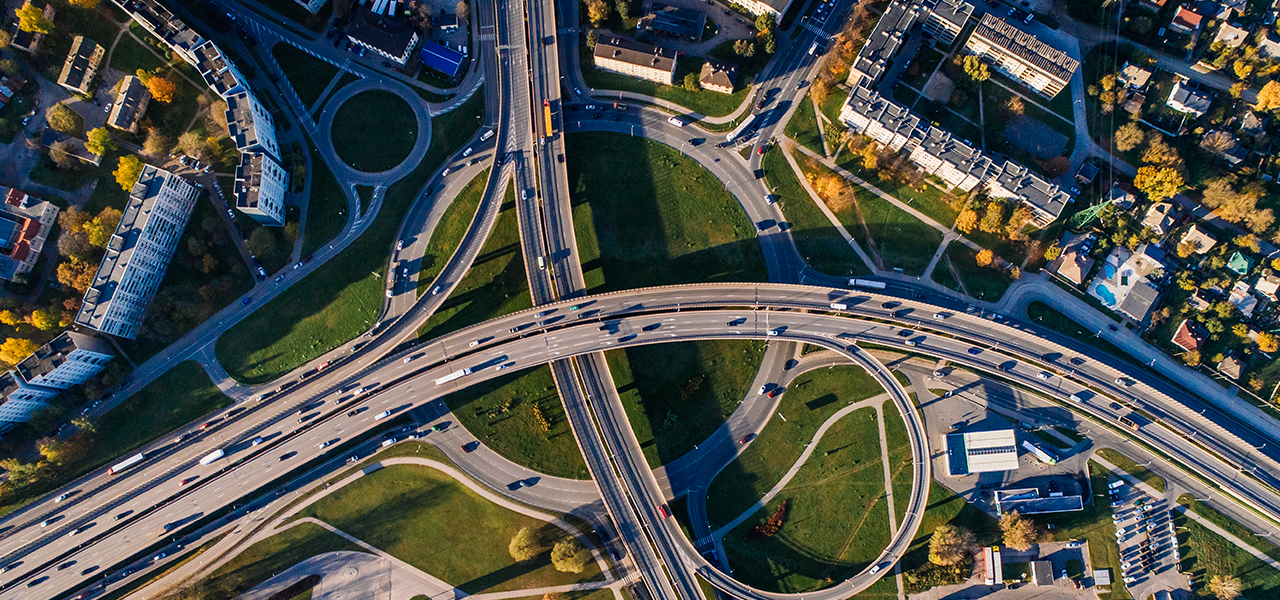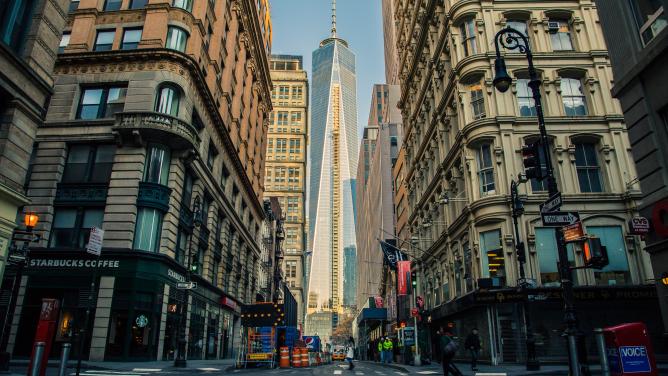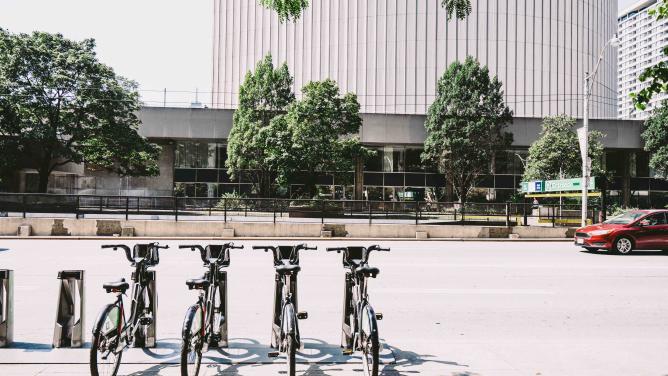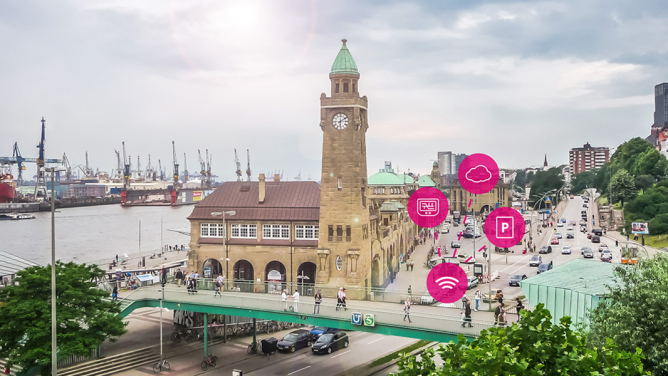 According to the largest ever study of its kind carried out by INRIX Global Traffic Scorecard, Los Angeles is the most congested city in the world, with Californian commuters spending on average 102 hours in traffic jams in 2017. Paris appears ninth on the list, with 69 hours, which is slightly better than London (74 hours) and the extremely congested cities of Moscow, Sao Paulo and New York. Congestion comes at a price : $33 billion annually, for the latter city. It’s a world record-breaking sum that’s just as much due to fuel wastage and the resulting pollution, as it is to increased freight costs and the loss of productivity in the workplace. And what’s worse, the figures are constantly rising.
According to the largest ever study of its kind carried out by INRIX Global Traffic Scorecard, Los Angeles is the most congested city in the world, with Californian commuters spending on average 102 hours in traffic jams in 2017. Paris appears ninth on the list, with 69 hours, which is slightly better than London (74 hours) and the extremely congested cities of Moscow, Sao Paulo and New York. Congestion comes at a price : $33 billion annually, for the latter city. It’s a world record-breaking sum that’s just as much due to fuel wastage and the resulting pollution, as it is to increased freight costs and the loss of productivity in the workplace. And what’s worse, the figures are constantly rising.
For INRIX, the fundamental cause of congestion resides in an “imbalance between the demand and supply for roads”. To improve traffic flow, cities can first of all work on the supply, and take action concerning the physical infrastructure. Dallas, for instance, saw congestion rates drop by 9% after huge sums were invested (almost $2 billion, weighed against the overall cost of congestion at $5 billion) for solutions such as building new bridges, and improving traffic flow into the city via the intersection of two highways. Other action points for cities include managing demand better using traffic optimization solutions designed to reduce the number of cars on the road (in France, the number of cars per capita continues to grow, however), and/or…. getting more people in cars. Cities are prompted to promote carpooling and alternative transportation methods, and to also make use of “intelligent transport solutions” such as real-time traffic control, dynamic lane allocation, and automatic traffic lights. There are also indirect solutions linked to how we live and work in our urban environments that can complement these actions, such as encouraging flexible working hours, and for example, working from home.
Coercive measures are also in the spotlight, starting with congestion pricing. It’s something New York contemplated doing ten years ago, and today, it could become the first American city to put it in place. A report published in January 2018 by Fix NY bids to get around huge, problematic and costly infrastructure works, via a mixture of “soft” solution, such as: introducing congestion pricing in the center of Manhattan (generating an estimated $810 million annually); clamping down on of driving and parking violations; and taxing private car hire apps. The above are accused of aggravating such congestion woes, outlined in an empirical law dating from the 60s: urban commuter expressways abhor empty lanes, and during peak-hours, they don’t reduce congestion, instead traffic grows until it hits maximum capacity. (Truly) modern approaches to old problems?


